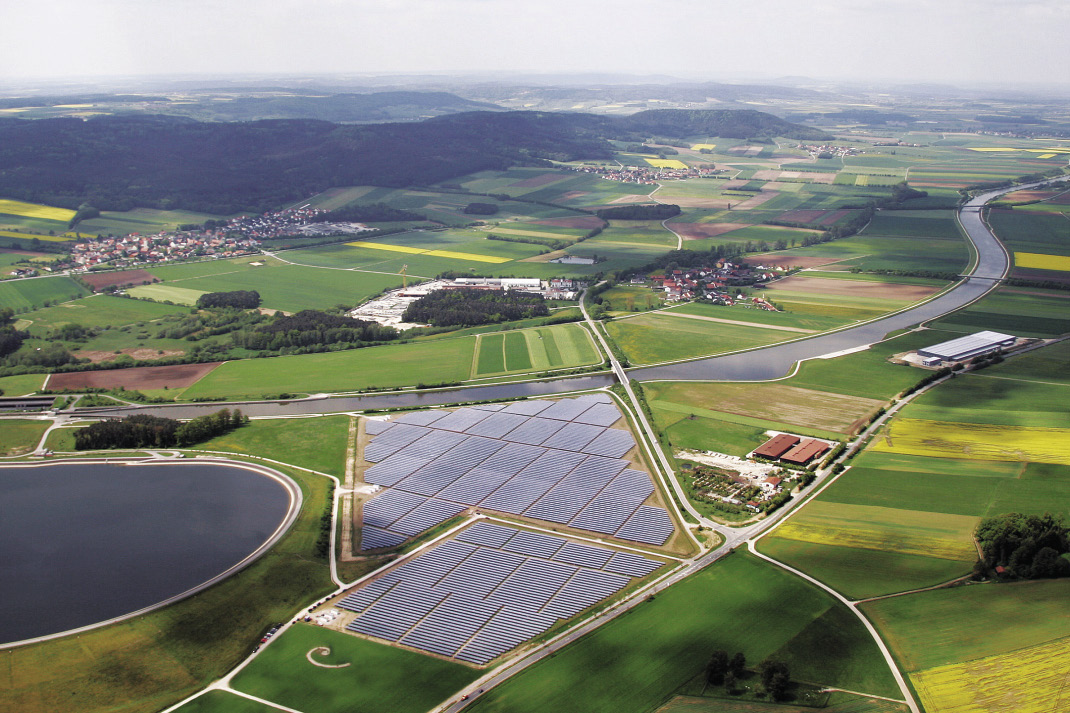Lead (Pb) is a hazardous element which poses threats to both the environment and human health. It has been phased out of many products since its toxicity was recognized in the late 19th century. Yet the majority of solar modules still employ the heavy metal, and its usage is not set to decline any time soon.
Of the more than 500 GW of PV deployed globally, the Fraunhofer Institute for Solar Energy Systems calculates that approximately 95% comprises crystalline silicon (c-Si) modules. In 2019, another 100 GW of PV is on track to be installed, and the majority of that will again consist of c-Si technology. According to one 2011 study, presented by the European Commission for an updated Waste Electrical and Electronic Equipment (WEEE) Directive, the average c-Si panel at that time contained approximately 12,672 mg of lead.
The material is found primarily in the solder and metallization pastes of panels. But Dustin Mulvaney, an associate professor in the Department of Environmental Studies at San José State University, says the glass – which covers approximately 80% of the panels – also contains impurities like lead and antimony, meaning it cannot be recycled for solar use again.
While the leaching of this material in traditional c-Si panels is said by many to be of minor concern – mainly because it occurs in trace amounts – the recent popularity of lead-heavy perovskites, which are expected to enter into mass production within the next two years, has potentially more significant consequences for the industry. As Michael Fuhs writes in his article, “Perovskites from the lab, into production,” (pp. 82-84), the most efficient perovskites contain lead, with levels that may be as high as 400 to 1,000 mg per square meter. Consequently, there is concern about the conditions under which it can leach out in, as well as the impact this leaching could have on the environment.
Sustainability Award
Lingering questions
It is possible to manufacture PV panels without lead, as U.S.-based SunPower, Japan’s Mitsubishi and Sharp, and the now insolvent SolarWorld in Germany, have demonstrated. However, it is not common practice, with the vast majority of manufacturers using lead in their production processes. Why do so many choose a lead-lined pathway? Are there more sustainable alternatives that could be a viable option for the whole industry? And under which conditions can lead be justified?
The global deployment of so much PV is an impressive feat and one that is critical for the renewable energy transition. However, it is essential to consider both future waste volumes, and the materials employed. Can all modules be safely retrieved in all geographies (many of which do not have mandatory waste disposal regulations for solar) and, continually reused? Even if the small amounts of such hazardous elements as lead are “harmless” when considered on an individual level, is this still the case when much larger quantities come into play? Questions like these are what pv magazine’s UP initiative seeks to address. Launched in May of this year, it aims to effect truly sustainable action in both the solar and storage industries.
From now, each quarter will focus on a new topic. The first, starting next month, will look at the use of lead in solar. To kick off the discussion, the October edition of pv magazine will go back over the history of the debate surrounding lead in modules. Over the coming three months, we will ask why it is still used and explore possible alternatives. Contact up@pv-magazine.com to join the conversation.
Join UP!
This content is protected by copyright and may not be reused. If you want to cooperate with us and would like to reuse some of our content, please contact: editors@pv-magazine.com.

